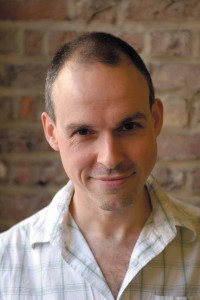
One who manifested such statues last year was Paul Franklin, who won for the visual effects in director Christopher Nolan’s Inception. He’s busy with the director’s Batman finale this season, but observed that “one of the of the most exciting things this year has been seeing how significant VFX work has found its place in’serious’ films such as Tree of Life and Lars Von Trier‘s Melancholia.
“It’s not that these filmmakers haven’t used VFX in the past for fixes and other invisible things, but now we’re seeing it at the heart of the story telling process in films that don’t revolve around action and huge spectacle. Of course there has also been plenty of stunning VFX in mainstream filmmaking, with ‘Harry Potter and the Deathly Hallows Part 2’and ‘Transformers: Dark of the Moon’ being prime examples. The VFX film that had the biggest impact on me this year was ‘Rise of the Planet of the Apes’- Joe Letteri’s team consolidated their ground-breaking ‘Avatar’ work and delivered an extraordinary result with real emotional depth.”
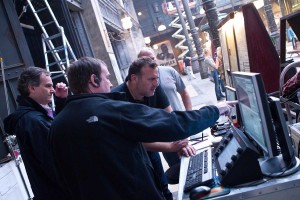
Stephane Ceretti, who did second unit supervising on Captain America, and was VFX supervisor for Fox on X-Men: First Class has a different kind of overview: “Just for the sheer amount of enormous VFX movies seen this year, the entire profession deserves an award. The work is getting more complex and the postproduction time is getting squashed, but yet, we always pull it off! Not only has the bar been raised again this year but it was rising as we were all running towards it!”
And that bar was not only being raised, but its definition was being changed at the same time. Visual Effects Society chairman and visual FX supervisor Jeffrey Okun also mentioned Steven Spielberg’s The Adventures of TinTin, which is challenging a few categories of its own. It wasn’t shortlisted for the VFX Oscar, even though there are animated categories at the VES Awards, but its motion capture techniques may alienate voters in the “Animation” category, where it appears likelier to be nominated. Okun says one problem – manifested by TinTin, but making visual effects a victim, in a sense, of their own success – is that a “consistent level of knock-your-socks-off has made us numb.”
Which is perhaps why it will be the story that the FX are embedded in – rather than the now-given “wow” factor of the effects themselves – that perhaps determine where the Oscar and VES statuettes go.
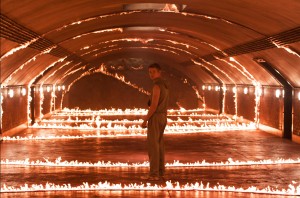
Overseeing Ceretti’s work on Captain America was its VFX supervisor, Christopher Townsend, who likened his own work on that film as more geared toward a historical drama rather than a superhero flick. Townsend concurs, talking about films that “concentrate on good storytelling over mere eye candy.”
When he wasn’t busy shepherding Captain America’s release into theaters, Townsend managed to see a few things himself. “The last Harry Potter in the series, really deserves a nod. The quality has been consistently high over the entire body of work for all the films and has continuously helped in telling great stories. ‘Transformers 3‘s quality is outstanding. Complex destruction is always incredibly difficult and that film cranks it up to 11 and really pulls it off. Real Steel, through subtle performance and beautifully integration, breathes life into the robots, and you never question that they are working alongside the actors.”
Another effects-driven film which also won praise for its performances was X-Men First Class, which Ceretti singles out (and “not because I worked on it!”) but “because it’s John Dykstra. And because it was a crazy bet and we pulled it off. Some of the work done by Weta, Digital Domain, Rhythm & Hues, MPC and Cinesite, plus all the others, is quite simply amazing.”
Interestingly, that sentence contains both the old and the new of visual FX: the work of an acknowledged pioneer (Dykstra, who designed FX for the film) and the importance of numerous post-houses in pulling off today’s VFX-heavy filmmaking.
But Dykstra isn’t the only one-time “special photographic effects supervisor” (his title on Star Wars) who’s in the conversation this year.
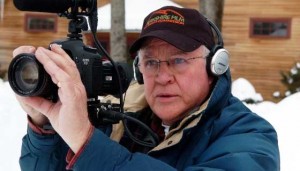
Dan Glass, the VFX supervisor on Tree of Life, calls Trumbull’s work on the film “fantastic.” Set up in an Austin-based “skunk works” (directer Terence Malick is himself Texas-based, and a pal of Trumbull’s) various literally-hands-on techniques could be explored and the director could be kept apprised of the more “mechanical” effects he gravitated toward.
In comments made to Cinematography.com, Trumbull said, “We worked with chemicals, paint, fluorescent dyes, smoke, liquids, CO2, flares, spin dishes, fluid dynamics, lighting and high speed photography to see how effective they might be. It was a free-wheeling opportunity to explore, something that I have found extraordinarily hard to get in the movie business.”
And this may also be the last time that the movie business – or at least its Oscar component – even nominates a film using mechanical, as opposed to CG effects.
Rob Legato’s work on Hugo takes in the history of effects, as per Scorcese’s edict, using quick edits, stop-motion animation, and miniatures along the way, en route to its full green-screened, digital, 3D glory.
One film whose effects he liked this past year was Transformers: Dark of the Moon, which showed “work that is really remarkable,” which one might expect from such a close VFX collaboration between ILM and Digital Domain. He also liked the similarly robotic-themed work in Real Steel, giving it high marks.
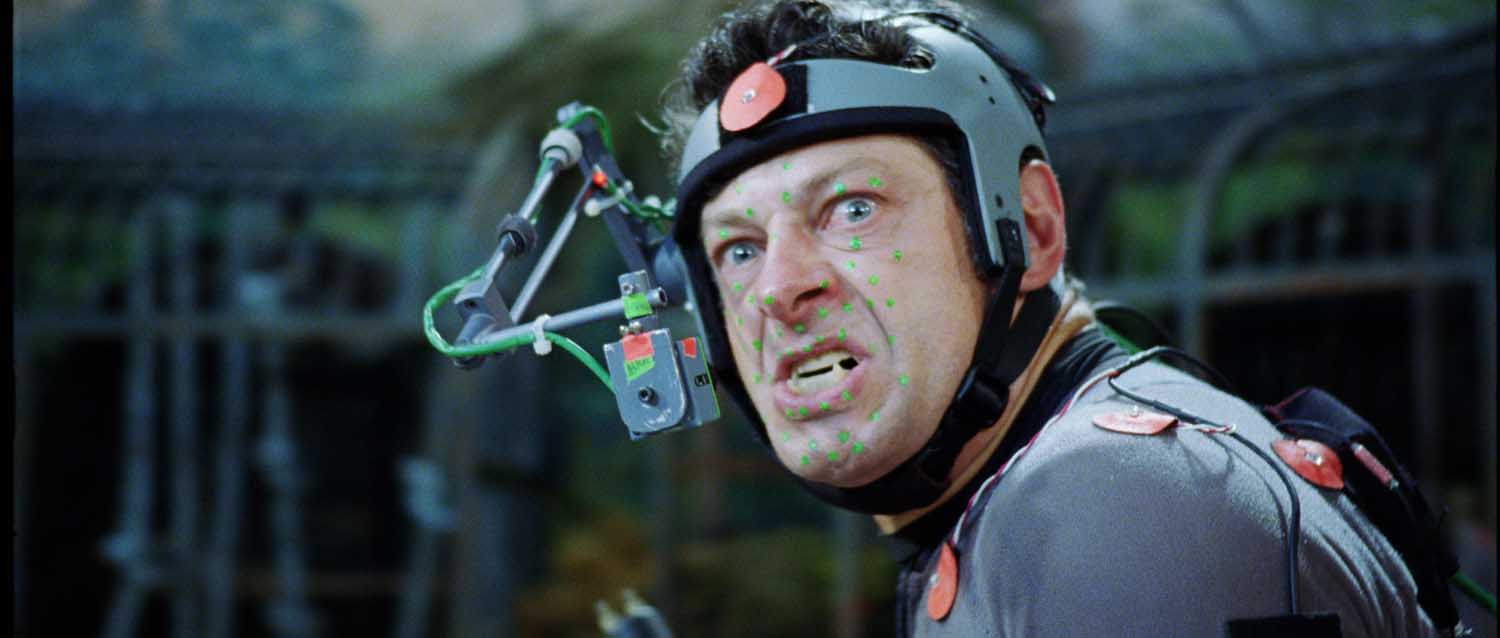
But on the other end of the FX spectrum, there’s the new Planet of the Apes installment, where Andy Sirkis’ motion-captured performance is also forcing discussion of what it means to be an “actor” (and what sorts of performances should be deemed nomination-worthy) in a digitally saturated age.
Franklin, speaking of Joe Letteri’s work with the Weta Digital team, says “my money is on them this year.” Letteri himself thought the “Final Harry Potter was fantastic,” and also liked two animated films for the visual palettes: ILM’s Rango, and the aforementioned, category-bridging TinTin.
And as the line between animation and live action becomes less and less clear, Okun underscores that “all of the work is so outstanding, that nothing is outstanding.”
But on both VES and Oscar nights, some will be voted slightly more outstanding than others. The analog, tactile, and mechanically-opened envelope awaits.





